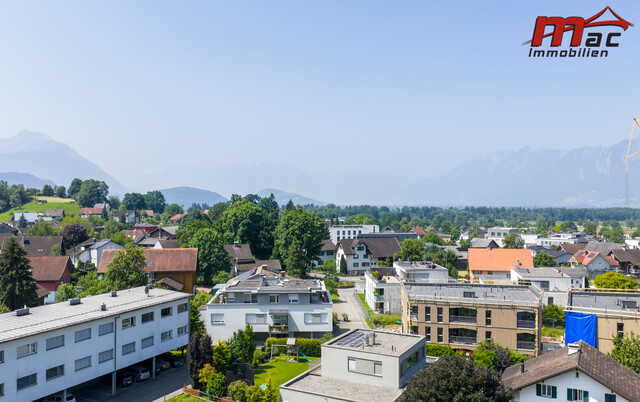Diversity in Butterflies Dramatically Declines

Long-term observations show dramatic declines in butterfly diversity, especially in lower regions. This results in a seemingly paradoxical new state: the butterfly population away from the mountains remains relatively stable, but at the same time is becoming increasingly species-poor, researchers report in the journal "Ecological Entomology". Given the "monotonous stability", more protective measures are needed in agriculturally dominated areas to restore diversity.
Researchers Show Butterfly Decline in Lower Regions
For their study, the scientists from Austria, Germany and Poland relied on records from the archive of the Haus der Natur Salzburg, which ranged from 1990 to the year 2022. These long-term data allow the team led by Jan Christian Habel from the University of Salzburg to delve deeply into the developments of butterfly diversity in the Salzburg region.
New Agriculture Massively Decimates Butterfly Diversity
The increase in intensive agriculture has profoundly changed the composition of nature - with corresponding effects on the butterflies, the scientists report. Of the original species diversity, little remains in the lower regions up to around 800 meters above sea level. The reasons for this are the modern form of agriculture with the sometimes massive use of fertilizers and frequent mowing, as well as the destruction of many original habitats. Since most butterfly species prefer nutrient-poor environments, frequent fertilization causes them problems.
In times when semi-natural ecosystems were still more readily available, these served as refuges for butterfly species. "Originally, butterfly communities in meadows were comparatively dynamic and consisted of a large number of different species. Many of these species survived in a large network of local occurrences. These also died out locally from time to time - but were very soon recolonized by animals from neighboring occurrences," says Habel.
"Common Species" as Winners in Species Impoverishment
This is no longer the case in low-lying areas: Because these former networks have disappeared, "and with them many of these specialized species," says study co-author Thomas Schmitt from the Senckenberg German Entomological Institute in Müncheberg (Germany). For Habel, it is clear: "Especially the ecologically demanding and site-loyal species show negative population developments." This applies far beyond the study area, as the findings from Salzburg are representative of the majority of agriculturally shaped, non-alpine areas in Central Europe.
In a sense, the winners in the overall highly worrying development towards pronounced species impoverishment and monotony are very mobile and more or less ubiquitous "common species", such as the peacock butterfly or small tortoiseshell, or different white species, such as the rape white or the small cabbage white. These butterflies, in turn, can be found in relatively large numbers in some cases.
Biodiversity in the Mountains Still Significantly Greater
Further up - from about 800 to 1,000 meters - according to the study, it looks "still quite dynamic and species-rich", says Patrick Gros from the House of Nature Salzburg. In the more mountainous area, the nature of the terrain prevents the strong intensification of agriculture - "which is reflected positively in the still existing biodiversity in the mountains". After all, species such as various blues, checkers or pearl butterflies still frolic there.
If you look at the "Red List of Butterflies of Salzburg", about 37 percent of the species are now classified as endangered across the entire national territory. 3.3 percent of the known species are - as of 2023 - considered lost or extinct. In the low-lying region "Alpine foothills and Salzburg basin", just over 68 percent of the butterfly species were classified as endangered. Here, a "dramatic" 28 percent of the historical stocks have disappeared or become extinct.
Measures Against "Monotonous Stability"
To counteract the "monotonous stability", the researchers advocate paying more attention to the preservation and promotion of the few remaining natural or near-natural habitats. Despite intensive and frequent mowing of meadows, fallow areas must also be left standing. Particular, regionally coordinated protection should be given to lean low moor hay meadows, lean pastures and lean meadows.
(APA/Red)
This article has been automatically translated, read the original article here.
Du hast einen Hinweis für uns? Oder einen Insider-Tipp, was bei dir in der Gegend gerade passiert? Dann melde dich bei uns, damit wir darüber berichten können.
Wir gehen allen Hinweisen nach, die wir erhalten. Und damit wir schon einen Vorgeschmack und einen guten Überblick bekommen, freuen wir uns über Fotos, Videos oder Texte. Einfach das Formular unten ausfüllen und schon landet dein Tipp bei uns in der Redaktion.
Alternativ kannst du uns direkt über WhatsApp kontaktieren: Zum WhatsApp Chat
Herzlichen Dank für deine Zusendung.








